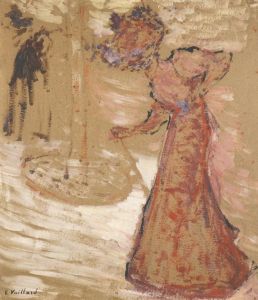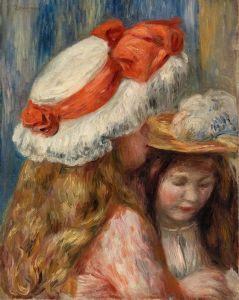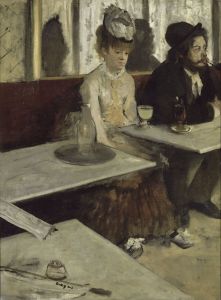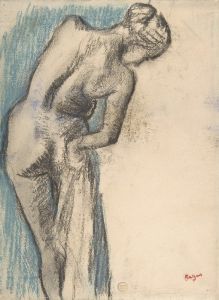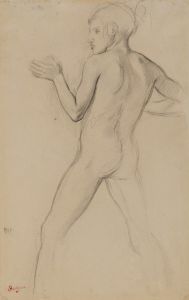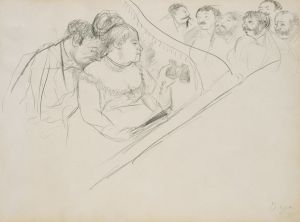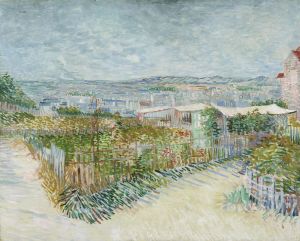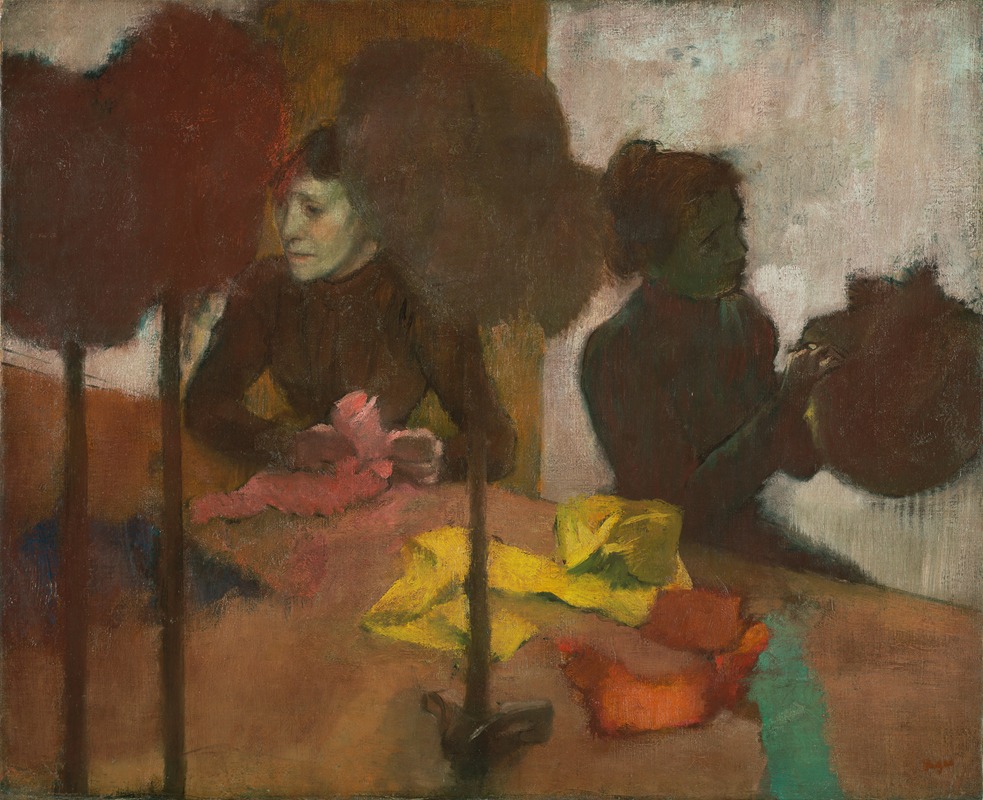
The Milliners
A hand-painted replica of Edgar Degas’s masterpiece The Milliners, meticulously crafted by professional artists to capture the true essence of the original. Each piece is created with museum-quality canvas and rare mineral pigments, carefully painted by experienced artists with delicate brushstrokes and rich, layered colors to perfectly recreate the texture of the original artwork. Unlike machine-printed reproductions, this hand-painted version brings the painting to life, infused with the artist’s emotions and skill in every stroke. Whether for personal collection or home decoration, it instantly elevates the artistic atmosphere of any space.
Edgar Degas, a prominent French artist associated with the Impressionist movement, is renowned for his depictions of modern life in Paris during the late 19th century. One of his notable works, "The Milliners," exemplifies his interest in capturing the nuances of everyday activities and professions, particularly those involving women. This painting is part of a series of works by Degas that focus on millinery, the craft of hat-making, which was a significant industry in Paris at the time.
"The Milliners" was created around 1882, during a period when Degas was increasingly interested in the lives of working women. The painting portrays a scene inside a millinery shop, where women are engaged in the meticulous task of designing and assembling hats. Degas's attention to detail is evident in the way he captures the textures of the fabrics and the concentration of the women at work. The composition of the painting reflects Degas's skill in using perspective and light to draw the viewer's eye into the intimate setting of the shop.
Degas's choice to focus on milliners is significant, as it highlights the role of women in the workforce during a time of social and economic change in France. The millinery trade was one of the few professions where women could achieve a degree of independence and creativity. By depicting these women at work, Degas not only showcases their skill and artistry but also comments on the evolving roles of women in society.
The painting is characterized by Degas's distinctive use of color and brushwork. He employs a muted palette, with soft tones that convey the quiet, focused atmosphere of the shop. The brushstrokes are both precise and fluid, capturing the delicate movements of the women as they handle the materials. This technique is typical of Degas's work, where he often combined elements of Impressionism with his own unique approach to composition and form.
"The Milliners" is part of a broader series of works by Degas that explore similar themes. Throughout his career, Degas returned to the subject of millinery multiple times, producing paintings, pastels, and drawings that delve into the intricacies of this craft. These works collectively offer insight into the artist's fascination with the intersection of art, commerce, and the daily lives of women.
Today, "The Milliners" is held in the collection of the Art Institute of Chicago, where it continues to be appreciated for its artistic merit and historical significance. The painting not only exemplifies Degas's technical prowess but also serves as a window into the cultural and social dynamics of 19th-century Paris. Through his depiction of the milliners, Degas invites viewers to consider the artistry and labor involved in the creation of fashion, as well as the broader implications of women's work during this period.





